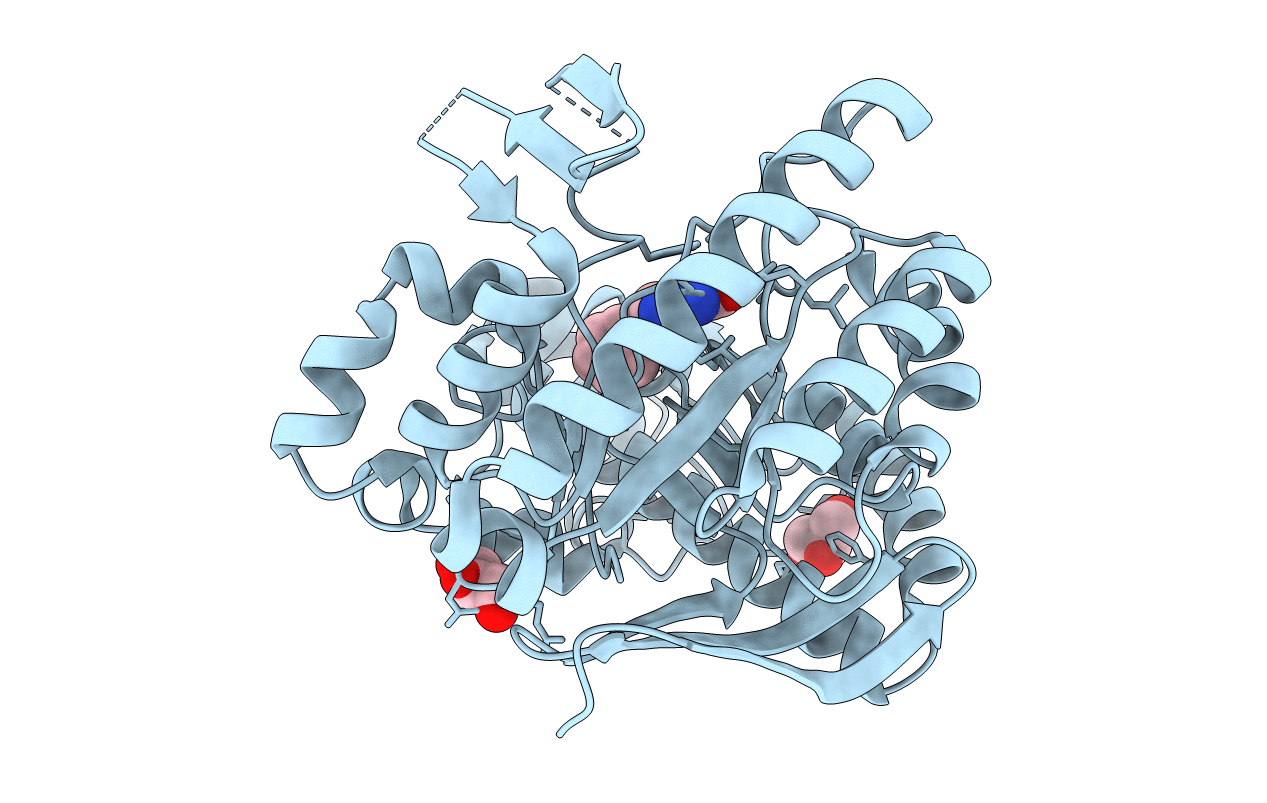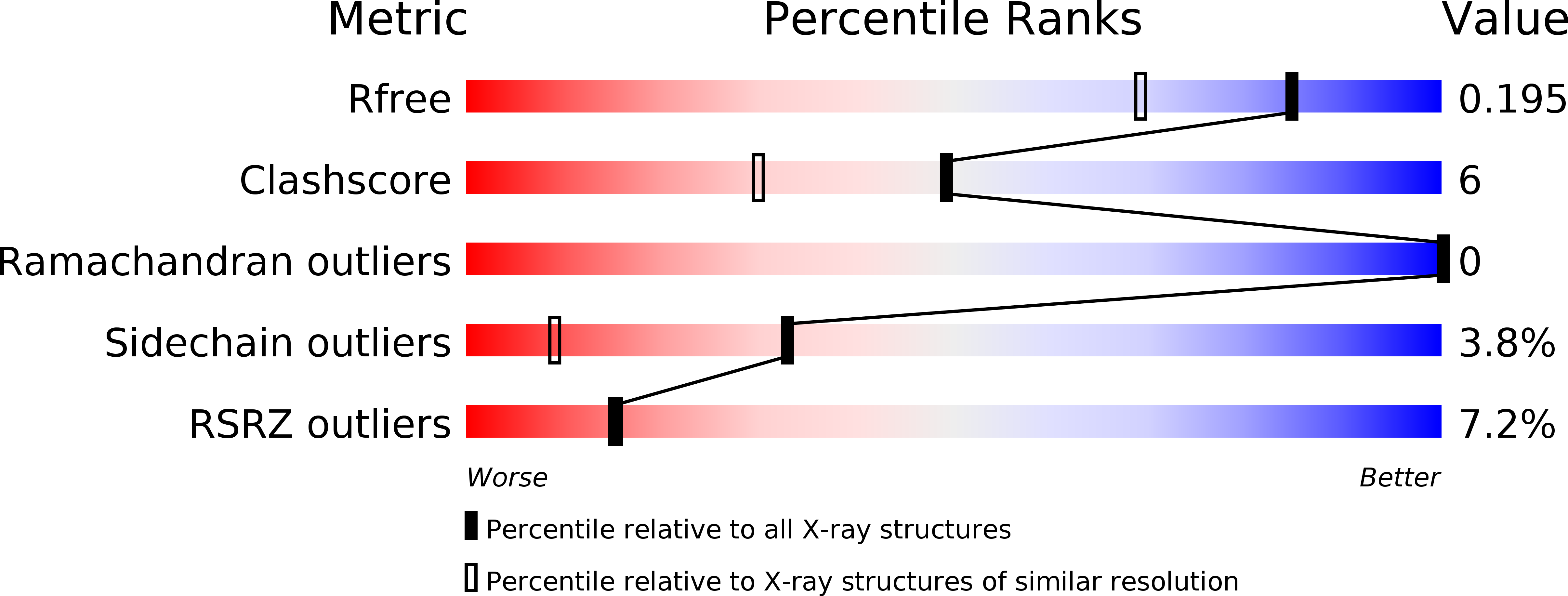
Deposition Date
2004-12-03
Release Date
2005-12-13
Last Version Date
2023-10-25
Entry Detail
PDB ID:
1Y5V
Keywords:
Title:
tRNA-Guanine Transglycosylase (TGT) in complex with 6-Amino-4-(2-phenylethyl)-1,7-dihydro-8H-imidazo[4,5-g]quinazolin-8-one
Biological Source:
Source Organism:
Zymomonas mobilis (Taxon ID: 542)
Host Organism:
Method Details:
Experimental Method:
Resolution:
1.58 Å
R-Value Free:
0.21
R-Value Work:
0.16
R-Value Observed:
0.16
Space Group:
C 1 2 1


